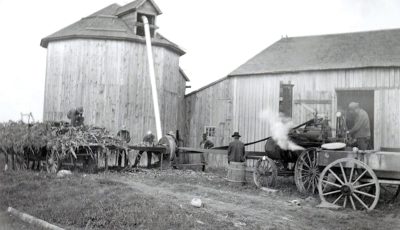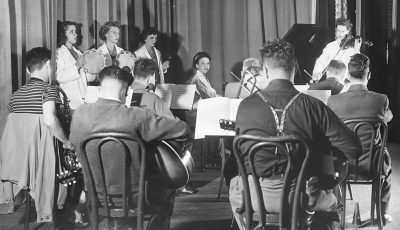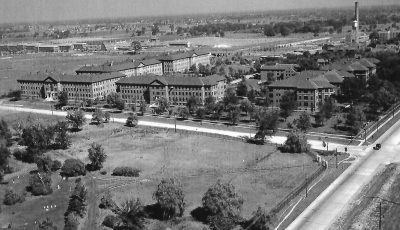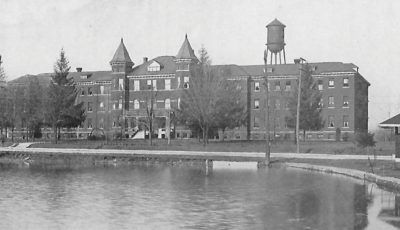The history of Eloise continued (part 8)
 This is the eighth and final installment on the history of the Wayne County Poorhouse and Asylum, commonly known as Eloise.
This is the eighth and final installment on the history of the Wayne County Poorhouse and Asylum, commonly known as Eloise.
After WW2 there began to be problems with overcrowding and funding at Eloise as priorities shifted. The state was still refusing to take all of its charges, forcing the county to still house patients that were lifelong residents. This problem wasn’t rectified until the 1950s when Northville Psychiatric hospital opened and could finally take the burden off the county.
By the 1950s many of the buildings were also 30-90 years old, and didn’t meet modern safety standards for patient care, so the oldest were closed and abandoned or torn down. This included the original asylum building which was built back in the 1860s. The closing of multiple buildings caused more overcrowding as there was simply not enough space. Financially the county began cutting Eloise’s budget during this time, viewing it as an expense and a burden rather than the important public service that it was.
In 1955 the farm was shut down because “It lost money”, so the institution had to buy all its own food. The animals were removed and the barns abandoned. In 1962 a new General hospital was built on Merriman Road to replace the old 1930s one, and many Wayne residents have the distinction of being born there.
In 1966 Medicare came out, which provided federal money to take care of many permanent residents, but it had higher care standards which Eloise couldn’t meet. They did make some Medicare compliant rooms in the enormous “N” building, but these were hardly used. Changing attitudes and the rise of private insurance were also pushing patients out of large facilities into smaller care homes, group homes, or home care by the family. The social stigma of having a child or relative with a disability was lightening and more and more people were embracing taking care of their loved ones themselves.
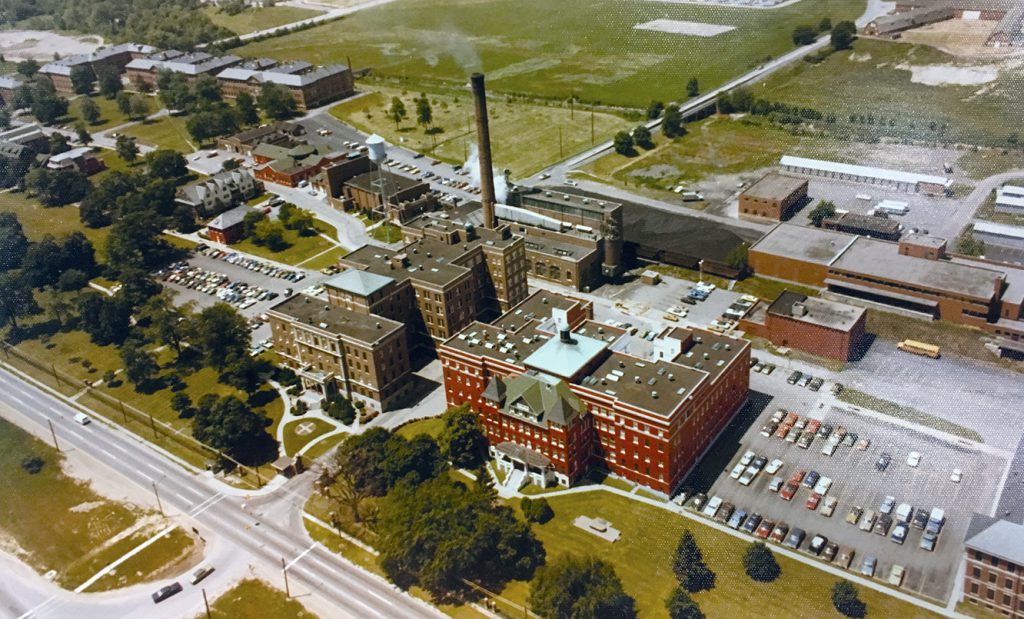
Eloise along Michigan Avenue after 1974.
Throughout the 1960s and early 70s patient numbers continued to fall as state patients were moved out and other patients went to live in private care. Several more buildings were closed and abandoned, and hundreds of staff laid off. In 1974 a brand-new patient care tower was built near Merriman Road, called the Reuther building. This was a state-of-the art Medicare compliant psychiatric facility with 228 beds that was meant to be a last-ditch effort to stay in the care game.
Many of the buildings along Michigan were abandoned, with most activity at Reuther. In 1977 the state of Michigan cut off all funding to Eloise, hurting the finances. On December 1, 1979, Wayne County cut off all funding to Eloise after 147 years, leaving the Poorhouse and psychiatric hospital service. The 5-year-old Reuther building was sold to the state to become a state facility, which it still is today. The General hospital continued for a few years, but eventually the county got out of the hospital business too and it was torn down. Most of the buildings were torn down in the early 1980s, with the county finally leaving the Kay Beard building in 2016. A shopping center was built on the Merriman corner, and homes and a golf course occupy most of the old farm fields. In 2018 the county sold the remaining buildings and property for $1 to a developer, who uses it as a haunted house. The burden of care for homeless and low-grade mentally ill fell into the laps of charities, churches, shelters and municipalities to deal with. Nobody has a perfect answer or solution, but perhaps we need to look back at what our ancestors did. Create a properly funded place where homeless (nearly 67% of which have mental illness) receive shelter, treatment, job training and access to services to help them. This kind of public service has the potential to make everyone’s lives better if properly done, because the way it’s been handled the past 45 years just isn’t working.


